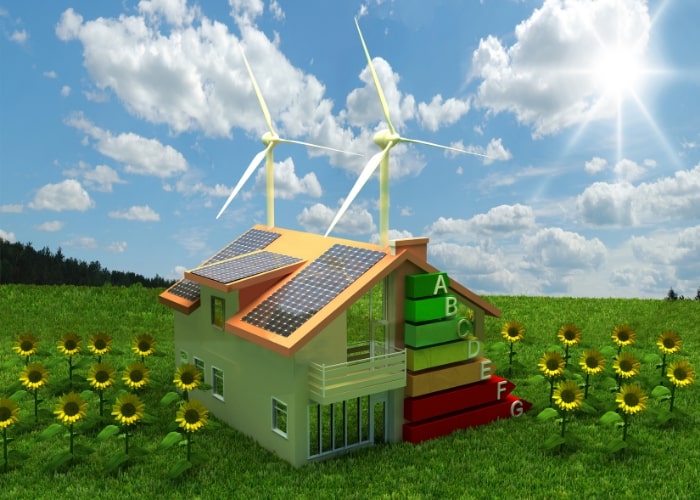MADRID – The Spanish Association of Building Materials Traders (CEPCO) and other representatives of the construction sector do not agree with some aspects of the final text of the Law on Climate Change and Energy Transition.
According to the Spanish construction industry representatives, the law on climate change should cover energy saving and carbon footprint reduction. This should be during the entire life cycle of buildings, not only during the construction process. They believe the law is a step in the right direction. However, due to lack of long-term measures, it does not provide sufficient answers to the Spanish challenges of energy transition.
And it is precisely these that are needed to provide a real impetus. And for improving Spain’s building stock and lowering the population’s energy consumption. Because, in addition to the environment, the ever-growing shortage of energy is an increasingly urgent problem to tackle.
The carbon footprint of buildings
The law states ‘the construction materials used in both the construction and renovation of buildings shall have the smallest possible carbon footprint. Thus reducing the overall emissions of the action or building’.
This does not consider the energy consumption of the building. It only takes into account the impact of the specific materials used in its construction. CEPCO, along with other building associations, points out that, according to official data, the building stock in Spain is responsible for about 30% of energy consumption and a third of CO2 emissions. This contributes to the constant increase in households’ energy bills and the often disproportionate expenditure in relation to their income.
Energy saving for families
The Association of Spanish Insulating Mineral Wool Manufacturers (AFELMA) states that just by using suitable insulating materials when constructing or renovating a building, emissions can be reduced by 200 tonnes of CO2. In other words, the legislation should regulate not only the way of building, but also the techniques and materials used. This would then maximise energy savings for families.
According to the trade associations, there is a solution for the poor state of the current building stock in Spain. It lies not only in replacing the type of energy consumed, but also in reducing the total building´s consumption.
Spain cannot lag behind the EU
CEPCO points out that the law must be brought into line with the principles of the Energy Performance of Buildings Directive. Resulting in a hierarchy of energy interventions in buildings. This should include reducing energy demand, improving non-working measures and retrofitting air conditioning equipment.
AFELMA wants the authorities to introduce incentives to achieve the targets. Such as;
- the efficient use of energy
- controlling the demand for energy
- the use of energy from renewable sources in the building sector.
The organisation warns if specific legislative measures are not taken to promote the adoption of more advanced criteria for construction and renovation Spain will lag behind its European partners. This, at the same time when more than €6,000million is being invested in the renovation of buildings thanks to European funds.
Law on climate change needs co-ordinated effort
ANEFHOP, the employers’ organisation of concrete manufacturers, emphasises that ‘the Climate Change Act is of crucial and fundamental importance in guiding the efforts of all stakeholders in a clear and coordinated way. This is where added value comes in. The law must become a driving force for change, which is why it is so important that its content is clear.


